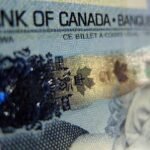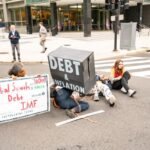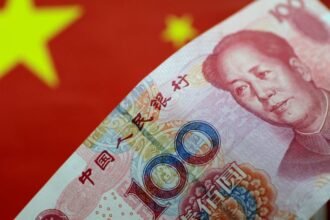

Singapore is poised to ease its monetary policy again next week, with economists predicting the central bank will flatten the slope of its currency band to support growth amid escalating global trade tensions triggered by US tariffs.
Economists polled by Bloomberg expect the Monetary Authority of Singapore (MAS) to reduce the slope of the Singapore dollar’s nominal effective exchange rate (S$NEER) band.
Some analysts say the slope could be flattened to 0 per cent, an aggressive move that signals concern about global volatility.
UBS predicts a “larger-than-usual” easing, while Barclays sees a chance MAS could also recenter the band downward, effectively allowing the Singapore dollar to weaken.
This move would mark the second policy easing by MAS in 2025, following a January adjustment – the first in five years.
The latest trigger: steep tariffs imposed by US President Donald Trump, including a 10 per cent duty on Singapore exports, and up to 145 per cent on China.
Singapore’s economy, heavily dependent on trade, faces mounting headwinds.
About 7 per cent of its GDP is tied to US spending, making it one of the most exposed in Southeast Asia.
Prime Minister Lawrence Wong has warned of a significant slowdown, hinting that recession risks are real.
Unlike most central banks, MAS does not control interest rates.
Instead, it uses the exchange rate as its main policy tool, adjusting the slope, level, and width of the S$NEER band to manage inflation and growth.
This unique framework reflects Singapore’s highly open economy, where the exchange rate matters more than interest rates.
Economists caution that a drastic flattening of the slope could rattle markets.
With global trade disruption mounting, eyes are on MAS’s Monday announcement – and how far it’s willing to go to keep Singapore’s economy afloat.





















